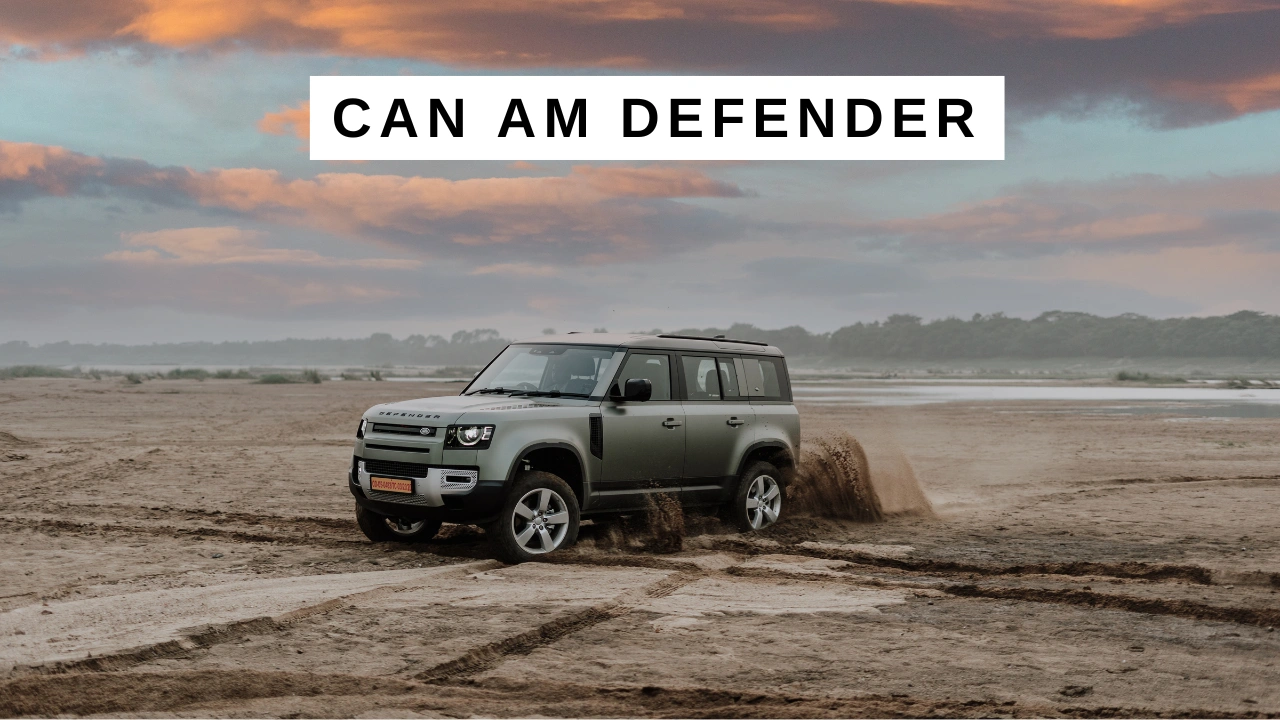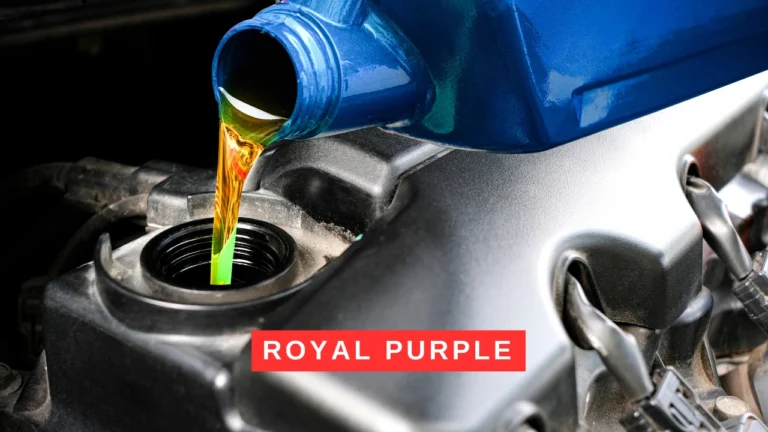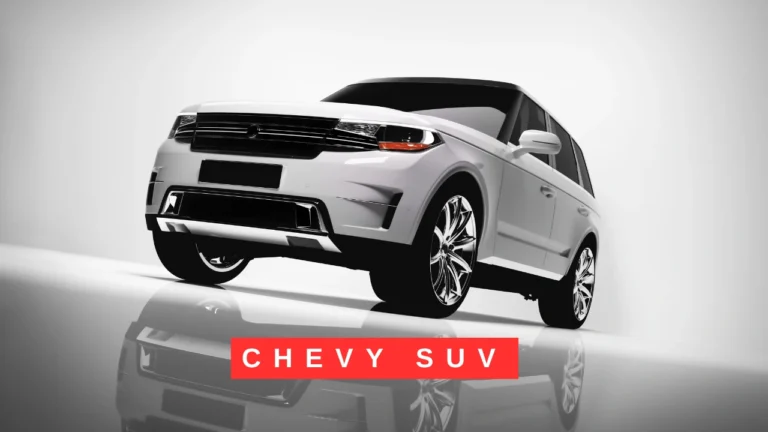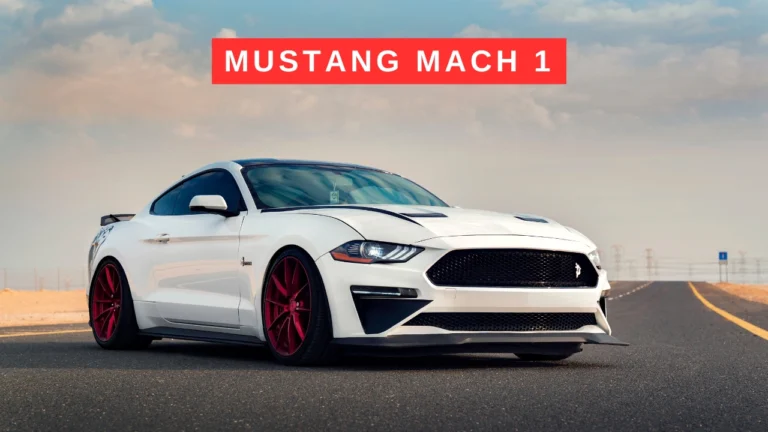Can Am Defender Towing Capacity Explained: What You Can Haul
The Can Am Defender is one of the most powerful and reliable utility side-by-sides (UTVs) on the market today. Built for off-road adventures, heavy-duty work, and outdoor recreation, this vehicle offers unmatched versatility. Whether you need a UTV for farming, hunting, or hauling loads, the Can-Am Defender stands out with its rugged design and exceptional performance.
In this guide, we’ll explore everything about the Can-Am Defender, including its features, models, performance, pricing, and real-world applications. If you’re considering investing in a UTV, this article will help you make an informed decision.
What is Can Am Defender?
The Can Am Defender is a versatile utility side-by-side (UTV) designed for both work and outdoor adventures. Manufactured by BRP (Bombardier Recreational Products), it is built for rugged terrains, heavy loads, and tough jobs. With its powerful Rotax engine options, it delivers exceptional towing capacity and off-road performance.
Equipped with Smart-Lok differentials, high ground clearance, and durable suspension, the Can-Am Defender handles mud, snow, and rocky trails effortlessly. Its spacious cabin, ergonomic design, and customizable accessories make it comfortable for long rides and demanding tasks. Whether for farming, hunting, or recreational riding, it’s a top choice for power and reliability.
Why the Can Am Defender Is a Top Choice
The Can-Am Defender is designed for both work and recreation. Its strong frame, high towing capacity, and smart differential system make it perfect for tough terrains. Unlike other UTVs, it balances power and comfort, allowing users to tackle demanding tasks while enjoying a smooth ride.
With multiple models available, the Defender series caters to different needs, whether you prioritize power, seating capacity, or accessories. From farmers and ranchers to outdoor enthusiasts, the Can-Am Defender has something for everyone.
Can Am Defender Models and Their Features
1. Can-Am Defender HD7
- Best for: Everyday use, light farm work, trail riding
- Engine: 650cc Rotax single-cylinder
- Towing Capacity: 1,500 lbs
- Key Feature: Great fuel efficiency and smooth handling
2. Can-Am Defender HD9
- Best for: Medium-duty work, hunting, recreational use
- Engine: 976cc Rotax V-twin
- Towing Capacity: 2,500 lbs
- Key Feature: Improved power and torque for better hauling
3. Can-Am Defender HD10
- Best for: Heavy-duty tasks, rough terrain, commercial work
- Engine: 976cc Rotax V-twin (stronger than HD9)
- Towing Capacity: 2,500 lbs
- Key Feature: Smart-Lok differential for superior off-road performance
4. Can-Am Defender MAX Series
- Best for: Large groups, multi-person work crews, adventure trips
- Seating: Up to 6 passengers
- Key Feature: Extended wheelbase for added stability
Each model is designed with specific users in mind. Whether you need a workhorse for your ranch or a recreational vehicle for outdoor trips, there’s a Defender that suits your needs.
Performance and Off-Road Capability
Engine and Power
The Can Am Defender is powered by Rotax engines, known for their durability and efficiency. The HD10 model delivers 82 horsepower, making it one of the strongest UTVs in its class. The engine is designed for both low-end torque and smooth acceleration, making it perfect for off-road conditions.
Towing and Payload Capacity
One of the biggest advantages of the Can-Am Defender is its best-in-class towing capacity. The HD9 and HD10 models can tow up to 2,500 lbs, making them ideal for hauling trailers, logs, or farm equipment.
| Model | Towing Capacity (lbs) | Payload Capacity (lbs) |
|---|---|---|
| Defender HD7 | 1,500 | 1,000 |
| Defender HD9 | 2,500 | 1,500 |
| Defender HD10 | 2,500 | 1,500 |
Suspension and Handling
The Can-Am Defender features double A-arm front suspension and independent rear suspension, providing a comfortable ride even on rough terrain. The Smart-Lok differential system ensures better grip and control in mud, snow, and rocky areas.
Whether you’re navigating steep hills, deep mud, or rocky trails, the Can-Am Defender is built to handle it all.
Comfort and Interior Features
Unlike many work-oriented UTVs, the Can Am Defender offers a spacious and ergonomic cabin. The bench seats are cushioned, and there’s ample legroom for a relaxed driving experience.
Interior Highlights:
- Tilt steering wheel for customized driving positions
- Adjustable seats for added comfort
- Multiple storage compartments for tools, gear, and personal items
- Easy-to-use digital display for vehicle monitoring
For those looking for extra comfort, climate-controlled cab models are also available, keeping riders warm in winter and cool in summer.
Common Uses for the Can Am Defender

The Can Am Defender isn’t just a fun off-road vehicle—it’s a reliable work partner. Here’s how different users benefit from it:
1. Farmers and Ranchers
Farmers love the Defender for its high towing capacity, durability, and cargo space. It’s ideal for transporting feed, fencing supplies, and heavy tools across large properties.
2. Hunters and Outdoor Enthusiasts
With high ground clearance and all-terrain tires, the Defender easily navigates rugged hunting grounds. It also offers custom storage options for firearms, gear, and coolers.
3. Construction and Landscaping
Contractors use the Can Am Defenderfor hauling materials, transporting workers, and accessing tough job sites where traditional vehicles struggle.
4. Off-Road Adventure Seekers
For thrill-seekers, the Defender provides a powerful and comfortable ride on trails, dunes, and rocky paths. With accessories like roof racks, winches, and LED lights, it’s perfect for overnight trips.
Pricing and Value for Money
The Can Am Defender starts at around $12,399 for the base model, with premium models like the Defender HD10 Limited reaching up to $27,599. The price varies depending on features, seating capacity, and added accessories.
While it may seem expensive, the Defender’s durability, performance, and versatility make it a worthy long-term investment for both work and play.
| Model | Starting Price ($) |
|---|---|
| Defender HD7 | 12,399 |
| Defender HD9 | 15,399 |
| Defender HD10 | 18,899 |
| Defender MAX HD10 | 20,399 |
Common Can-Am Defender Problems and How to Fix Them
The Can Am Defender is known for its durability and performance, but like any vehicle, it can experience some issues over time. Whether you use it for work, off-roading, or recreation, understanding common problems and their fixes can help keep your UTV running smoothly. Below, we discuss the most common Can-Am Defender issues and how to troubleshoot and fix them.
1. Hard Starting or Engine Won’t Start
Some Can Am Defender owners report issues with the engine struggling to start or not starting at all. This can be caused by a weak battery, bad spark plugs, or fuel delivery problems.
How to Fix It:
- Check the battery voltage and ensure it’s fully charged or replace it if weak.
- Inspect the spark plugs for wear or fouling and replace them if necessary.
- Ensure the fuel pump and injectors are working by checking for proper fuel flow.
2. Loss of Power or Poor Acceleration
If your Can Am Defender feels sluggish or lacks power, it might be due to clogged air filters, dirty fuel injectors, or a faulty drive belt. This issue can affect towing capacity and off-road performance.
How to Fix It:
- Replace or clean the air filter to ensure proper airflow to the engine.
- Use fuel injector cleaner or get a professional cleaning service to remove deposits.
- Inspect the drive belt for wear or damage and replace it if necessary.
3. Overheating Issues
The Can Am Defender can overheat during extended use, especially in hot climates or when carrying heavy loads. This could be caused by low coolant levels, a clogged radiator, or a failing water pump.
How to Fix It:
- Check and refill coolant levels with the manufacturer-recommended fluid.
- Clean the radiator fins and ensure airflow is not blocked by dirt or debris.
- Inspect the water pump and thermostat, replacing them if they are faulty.
4. Electrical Problems and Warning Lights
Some users experience random electrical issues, such as dash warning lights, malfunctioning displays, or power loss. This can be due to loose connections, a faulty stator, or an issue with the voltage regulator.
How to Fix It:
- Check all wiring connections and secure any loose or corroded terminals.
- Test the voltage regulator and replace it if it’s not providing consistent power.
- Scan for error codes using a diagnostic tool to pinpoint specific electrical issues.
5. Transmission and Shifting Problems
Difficulty shifting gears or unexpected jerking while driving can be signs of low transmission fluid, a worn-out clutch, or drive belt issues. If left unchecked, this can cause severe transmission damage.
How to Fix It:
- Check transmission fluid levels and refill if they are low.
- Inspect the clutch components for wear and replace any damaged parts.
- Replace the drive belt if it’s slipping or excessively worn.
6. Brake Issues
If you notice soft brakes, squeaking noises, or poor braking performance, the brake pads, rotors, or brake fluid might be causing the issue. Proper braking is essential for safety, especially on rough terrain.
How to Fix It:
- Inspect brake pads and rotors for excessive wear and replace them if needed.
- Bleed the brake lines to remove any air bubbles in the system.
- Check and refill brake fluid, ensuring it meets the recommended specifications.
7. Suspension and Steering Problems
SomeCan Am Defender owners report uneven tire wear, stiff steering, or excessive vibrations while driving. These issues are often caused by worn-out suspension components, misaligned wheels, or loose steering linkages.
How to Fix It:
- Inspect shocks and bushings for wear and replace them if necessary.
- Get a professional wheel alignment if you notice uneven tire wear.
- Tighten or replace steering components to improve handling and stability.
8. Fuel Pump Failure
A bad fuel pump can cause engine misfires, poor acceleration, or stalling. This is a common issue if you frequently ride in dusty or muddy conditions, which can clog the fuel system.
How to Fix It:
- Replace the fuel pump filter to improve fuel flow.
- Use high-quality fuel to reduce contamination in the fuel system.
- Check for clogged fuel lines and clean them if necessary.
9. Excessive Noise from the Drivetrain
If your Can-Am Defender produces loud clunking or grinding noises, the differential, drive shaft, or bearings might be the source of the problem. This issue can worsen over time if left unaddressed.
How to Fix It:
- Check the drive shaft and U-joints for excessive wear and replace them if needed.
- Inspect the differential fluid levels and change the fluid regularly.
- Lubricate moving parts to reduce noise and extend lifespan.
Preventive Maintenance is Key
While the Can-Am Defender is built for durability, regular maintenance can help prevent major breakdowns and costly repairs. Checking fluids, filters, belts, and suspension components frequently will keep your UTV performing at its best.
If you experience any serious mechanical problems, it’s always best to consult a certified mechanic or Can-Am dealer for professional assistance. Keeping your Defender well-maintained ensures reliability whether you’re using it for work, hunting, or adventure.
Conclusion: Is the Can Am Defender Right for You?
If you’re looking for a powerful, versatile, and durable UTV, the Can Am Defender is one of the best options available. With multiple models catering to different needs, it offers something for farmers, hunters, outdoor adventurers, and workers alike.
With its strong build, excellent towing capacity, and superior off-road performance, the Can Am Defender is a UTV that delivers both function and fun. If you’re considering an upgrade or buying your first utility UTV, this machine is definitely worth a closer look.
Would you like help choosing the best Can-Am Defender model for your needs? Let us know in the comments!







